Even as the mushroom is having its moment in popular culture, we tend to think of fungi as passive, plant-like and distinctly other. But human existence depends on a complex set of transactions with the fungi that live on our bodies and populate the surrounding environment. Mycologist Nicholas P. Money takes a closer look at fungal behaviour, revealing life-forms with uncanny similarities to ourselves.
The Niitsitapi, or Blackfoot Indians, imagined that giant puffballs were created by fallen stars. They painted the fruit bodies of these globose fungi as white circles arising from a dark band along the bottom edge of tipi covers to symbolize the birth of life. In our era of global environmental damage, a strain of this indigenous reverence for fungi has been adopted as a symbol of hope.
Mushrooms have been embraced as emblems of beauty and countercultural cool in film and fashion, music, best-selling books, and inspirational lectures. Art installations with mycological themes have included giant mushrooms made from woven willow branches, living sculptures of heads grown from fungi on sawdust and bristling with fruit bodies, elaborate carvings and metal works, jewellery, and fine couture cut from mushroom leather. This mycological art is arresting and speaks to the regenerative power of decomposition, but what can the study of fungi tell us about human nature?
Mushrooms are the fruit bodies or sex organs produced by fungi that release immense numbers of spores when they emerge from rotting logs or leaf litter on the forest floor. They are captivating in the wild and some of them are delightful in recipes, but for a deeper and more intimate appreciation of the fungal kingdom we need to consider the microscopic molds and yeasts that grow on the human body.
___
An appreciation of the body as a mobile ecosystem of human and microbial cells is one of the great revelations of twenty-first-century science.
___
Billions of fungal cells grow on the skin, from scalp to toes, within the ear canals and nostrils, along the gum line, and inside the gut and vagina. We refer to the totality of on-board microbes as the microbiome, and the fungal portion of this mélange as the mycobiome. Gut fungi have become the subject of particular scrutiny for their roles in digestive health and a whole range of illnesses from irritable bowel syndrome to colon cancer. Fungi can also cause lethal infections, mostly when the immune system becomes weakened by viruses or cancer therapies. The study of medical mycology is exploding and some specialists believe that the mycobiome is the missing link in medicine.
An appreciation of the body as a mobile ecosystem of human and microbial cells is one of the great revelations of twenty-first-century science. We have known about gut bacteria for a while, but the addition of fungi to the festivities provides new dimensions to the microbiology of Homo sapiens. It is difficult to appreciate the importance of the microbes that we carry because we cannot see them. If they were visible, big as crabs crawling over the skin, we would – obviously – think of little else. But they are there, here and now and everywhere on the body, and that redness on your cheeks or stuffy nose could be reactions to too many of them. Touch the creased skin behind one of your ears or run your fingers through your hair and fungi will cling to your fingertips afterwards.
___







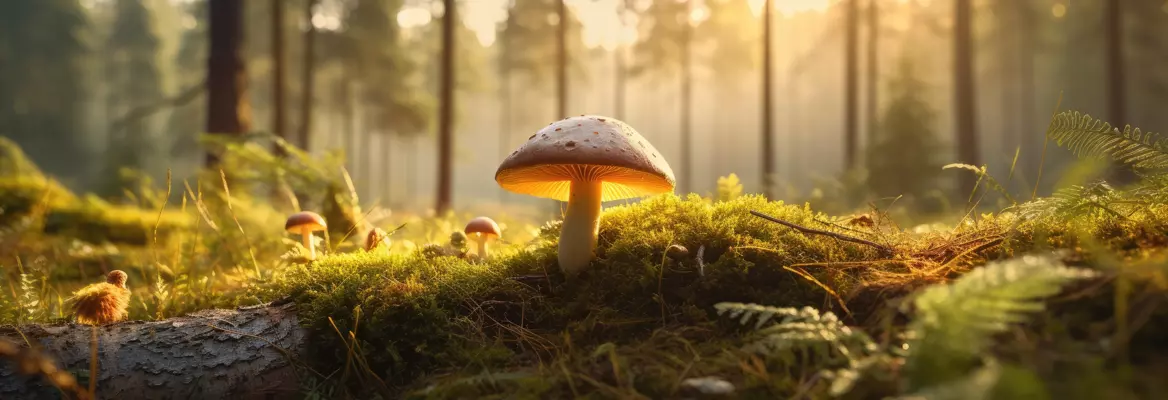



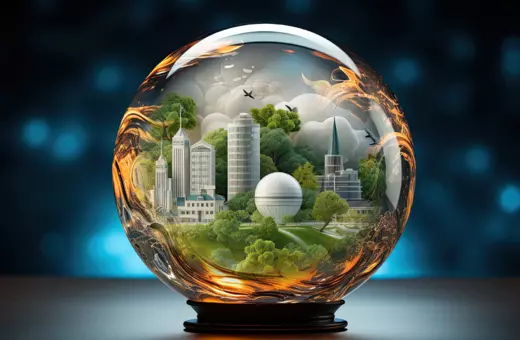
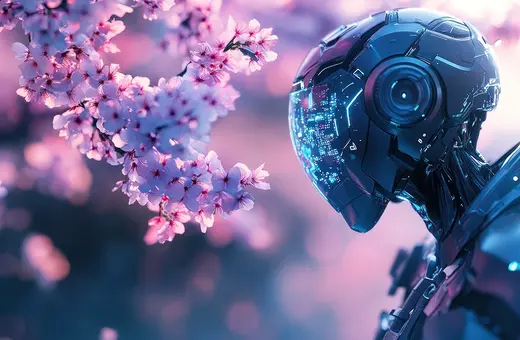
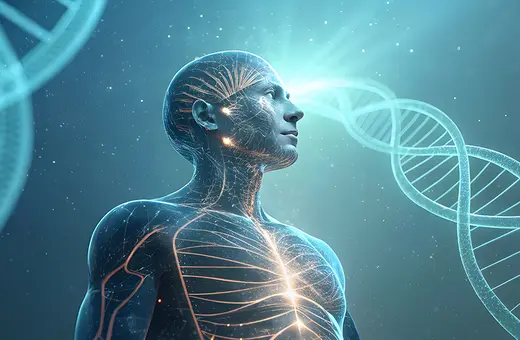
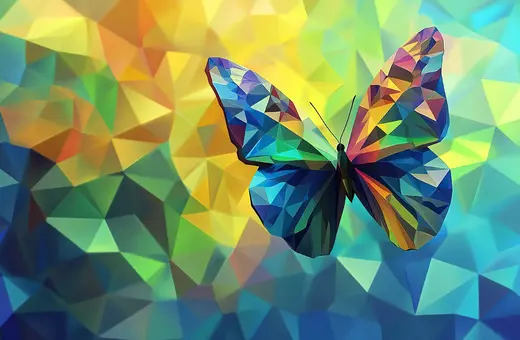
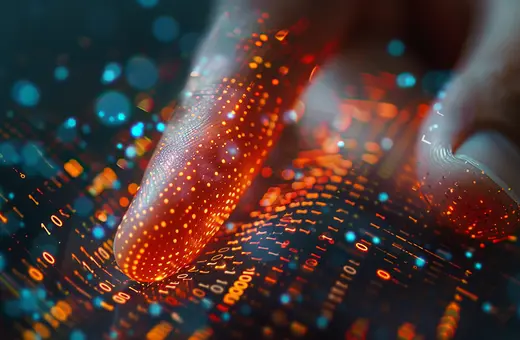
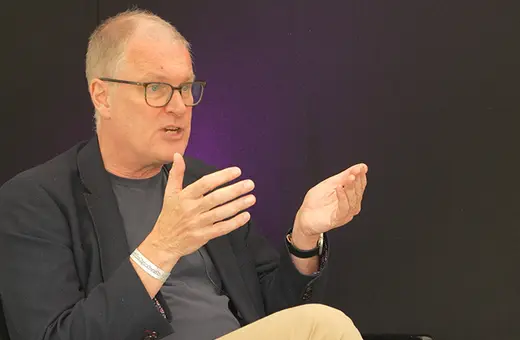



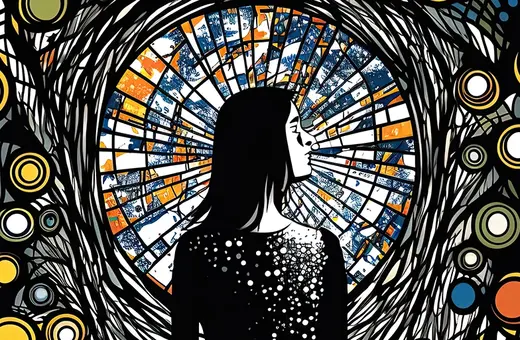
Join the conversation